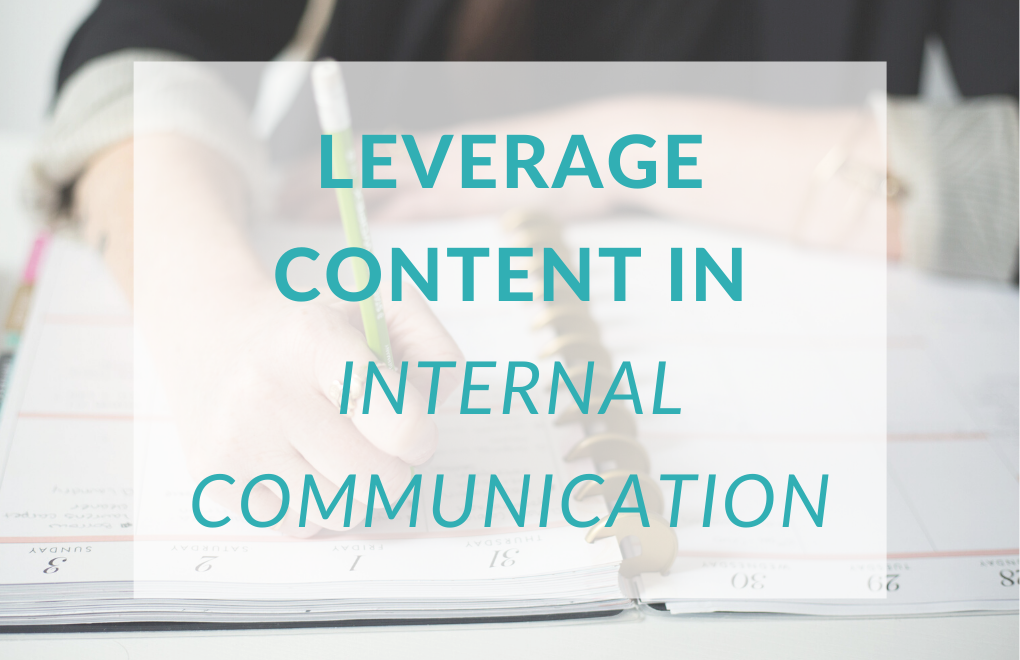Content can improve – or destroy – internal communication, employee morale and company profitability. Which one is happening in your business?
What do content creation and food delivery have in common?
On the surface, it seems like not much, but if you saw my LinkedIn post about a Friday-night pizza delivery gone wrong, you might have an inkling of the connection there.
Long story short (see the loooong version): we ordered some pizzas that took three times longer than the estimated delivery time – and once they arrived, only one third of the fillings were there.
Yes, not great, but what was really abysmal, was the quality of client service. Standard responses copy-pasted to the client care chat, with no consideration of the situation at hand.
One Thing Content Creation and Pizza Delivery Have in Common
As discussed on LinkedIn, I’m not blaming the poor customer care specialist who was probably trying to do his best in a complicated situation, with little help from the company he was working for.
As he was most likely copy-pasting the answers, the situation could have been immensely improved by better answers and guidelines to refer to.
And that is the crucial intersection between content and pizza delivery: content can be used in companies’ internal communication as a tool to improve the quality of service, the quality of client service and troubleshooting.
Furthermore, content projects can boost employee morale and improve employee engagement. As happy and engaged staff is the best business card for any company, these seemingly soft values will show in the bottom line, too.
Different ways to leverage content in internal communication
Communication and content aren’t only for clients and for client acquisition.
Often we think of content as blog articles, social media blurbs or website copy. However, content can also be countless other things, and with a few small adjustments, it lends itself in internal communication, too.
Here are three examples of how to leverage content in internal communication.
Article Series Add Value through Internal Channels
Does your company have an internal blog or another channel to connect with the whole staff?
The platform doesn’t matter: it can be used to publish internal article series on topics that are relevant to the staff. Tips and tricks to do their job better, articles on productivity or well-being at work, or profiles of new team members. Take your pick!
Keep in mind! Approach internal article series from the same perspective you would an article written for prospective clients.
Value comes first. In order to succeed, internal article series need to be relevant for the audience, e.g. employees. If they just repeat the director’s message without considering the audience’s needs, they’ll stay unread, as countless corporate blogs have been for decades.
Challenges and Competitions Improve Engagement
Businesses publish challenges and competitions in social media and email marketing for a reason: a gamified approach speaks to people! Having a chance to win something or collect points resonates with the primal structure of our brains, and this can also be leveraged in internal communications.
Challenges can be more serious and linked to performance and targets, such as measuring who generates the most leads or has the best client service feedback.
On the other hand, challenges can be light-hearted or focused on improving well-being rather than performance. Have your team collect points by taking regular breaks or initiating workout breaks during the day.
Keep in mind! Host the challenge on a platform that is easy and enjoyable to use. It can be a closed social media group, a Slack channel or a whiteboard in the corner of the office. Whatever works for your team!
Guidelines and Handbooks in the Heart of Internal Content
As discussed above, employee guidelines, instructional materials and handbooks are in the heart of content used in internal communication.
These documents often have a straight route to clients, so it’s worth paying attention to not only what is said, but how it’s said.
What is your company’s tone of voice in external communications? Do the internal guidelines reflect that? If not, there’s an important risk that your clients won’t hear that tone of voice when doing business with you.
Keep in mind! Internal guidelines and employee handbooks don’t need to be formal, stiff and dusty. Use the same tone of voice as in your external communications to create a consistent client experience.
Ideas for Content in Internal Communications
Let’s wrap up with some good news: finding ideas and topics for internal content is easy! The same kind of ideas and topics that can be used for client-faced communications work great when communicating within the team, too.
Five final easy-to-apply tips to improve the quality of internal communication:
- Think of internal content as a campaign to save time and create long-term engagement.
- Repurpose and recycle the best ideas.
- Make sure your editorial calendar is in place.
- Think about the strategy behind content.
- Always wrap up with a Call-to-Action.
For more creative ideas, check these 52 content ideas that carry you through a whole year and download the Content Idea Guide below for more inspiration.







Recent Comments